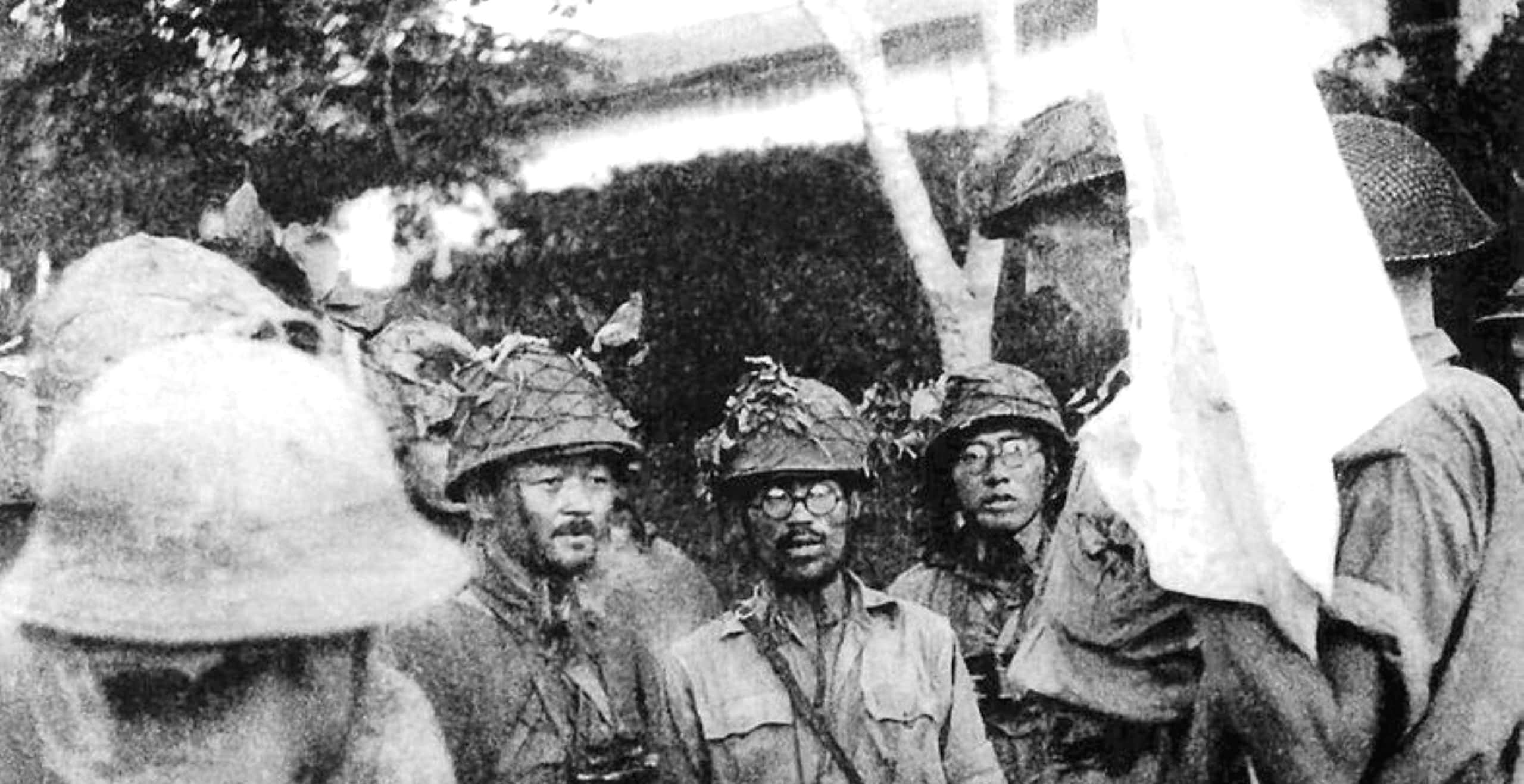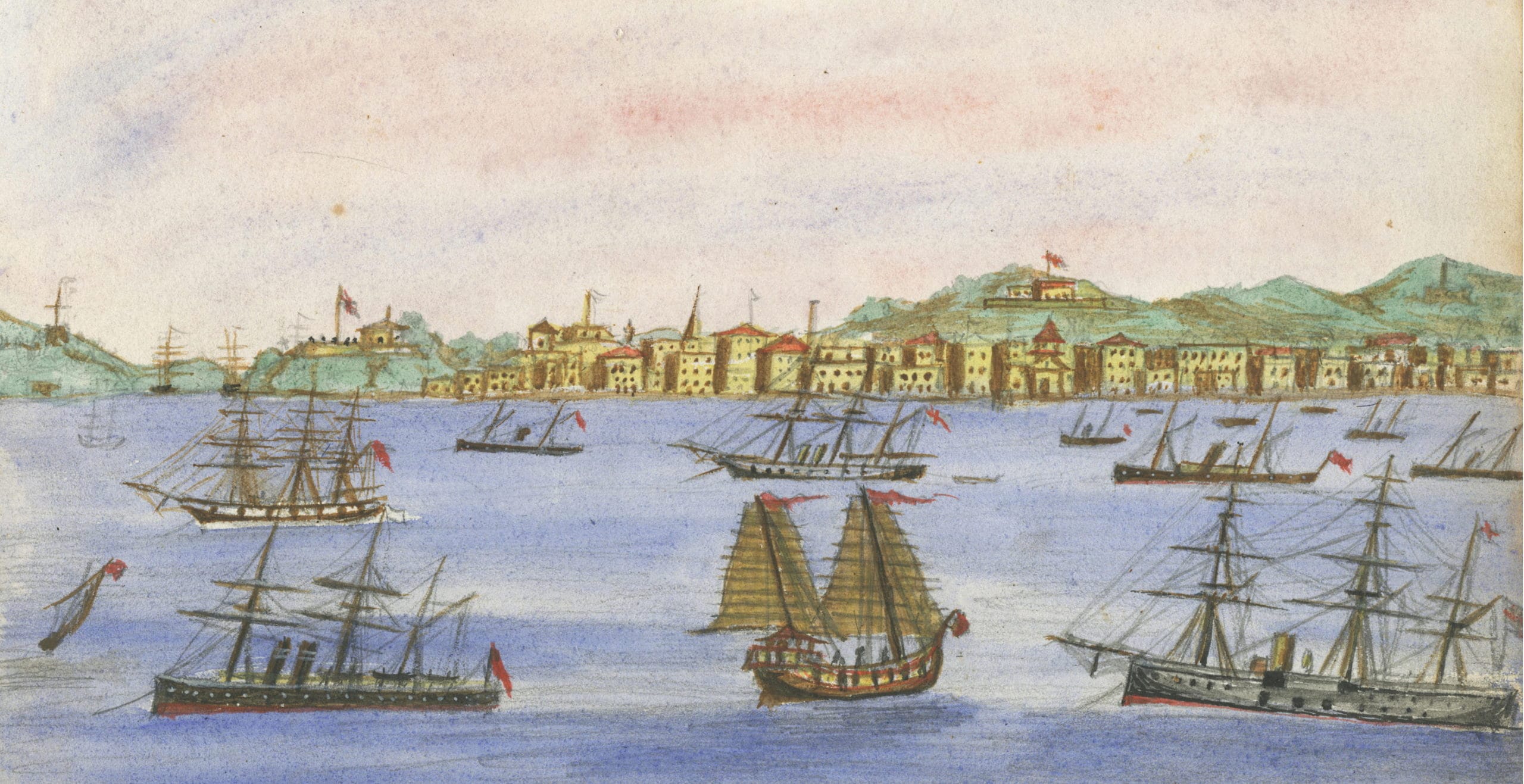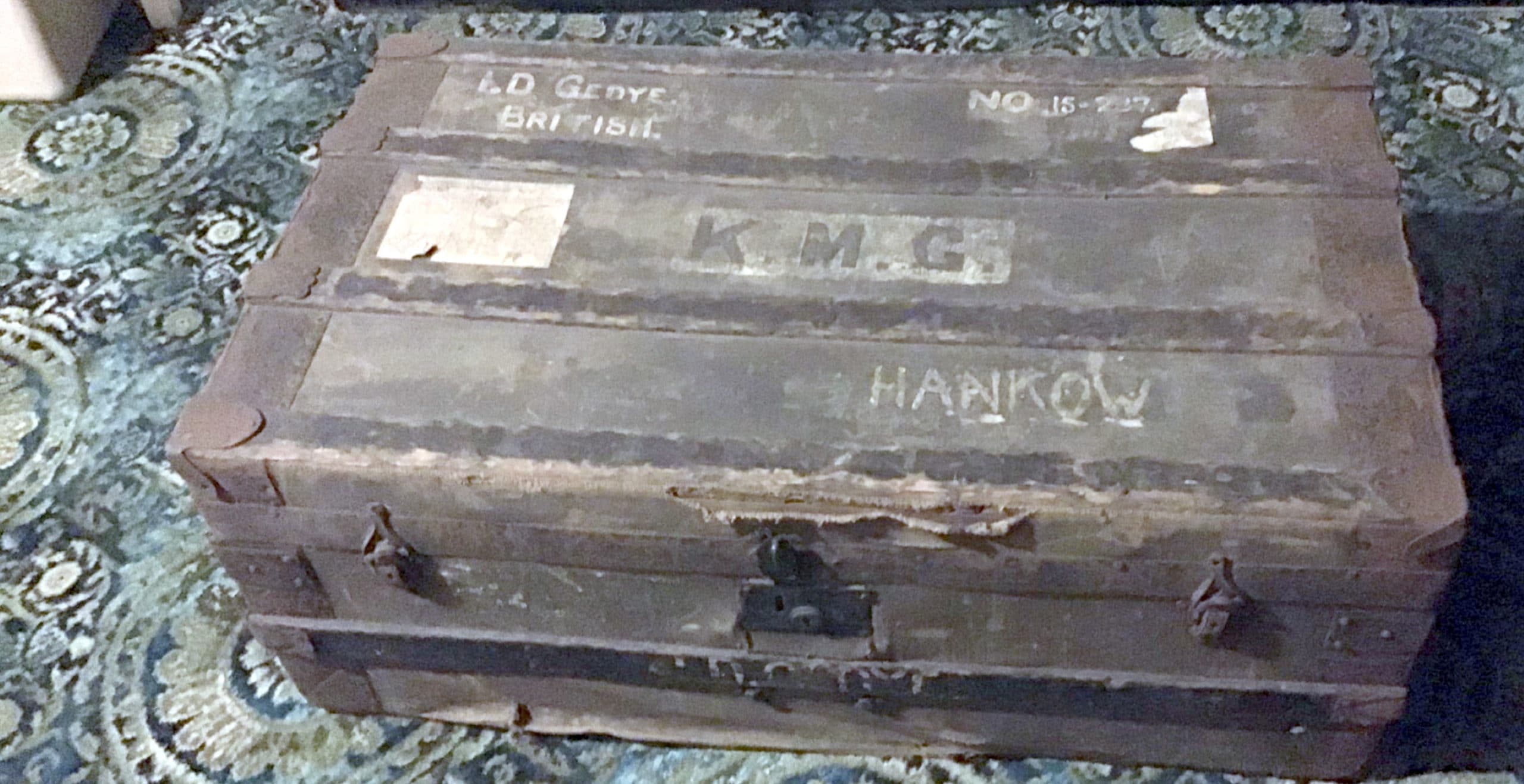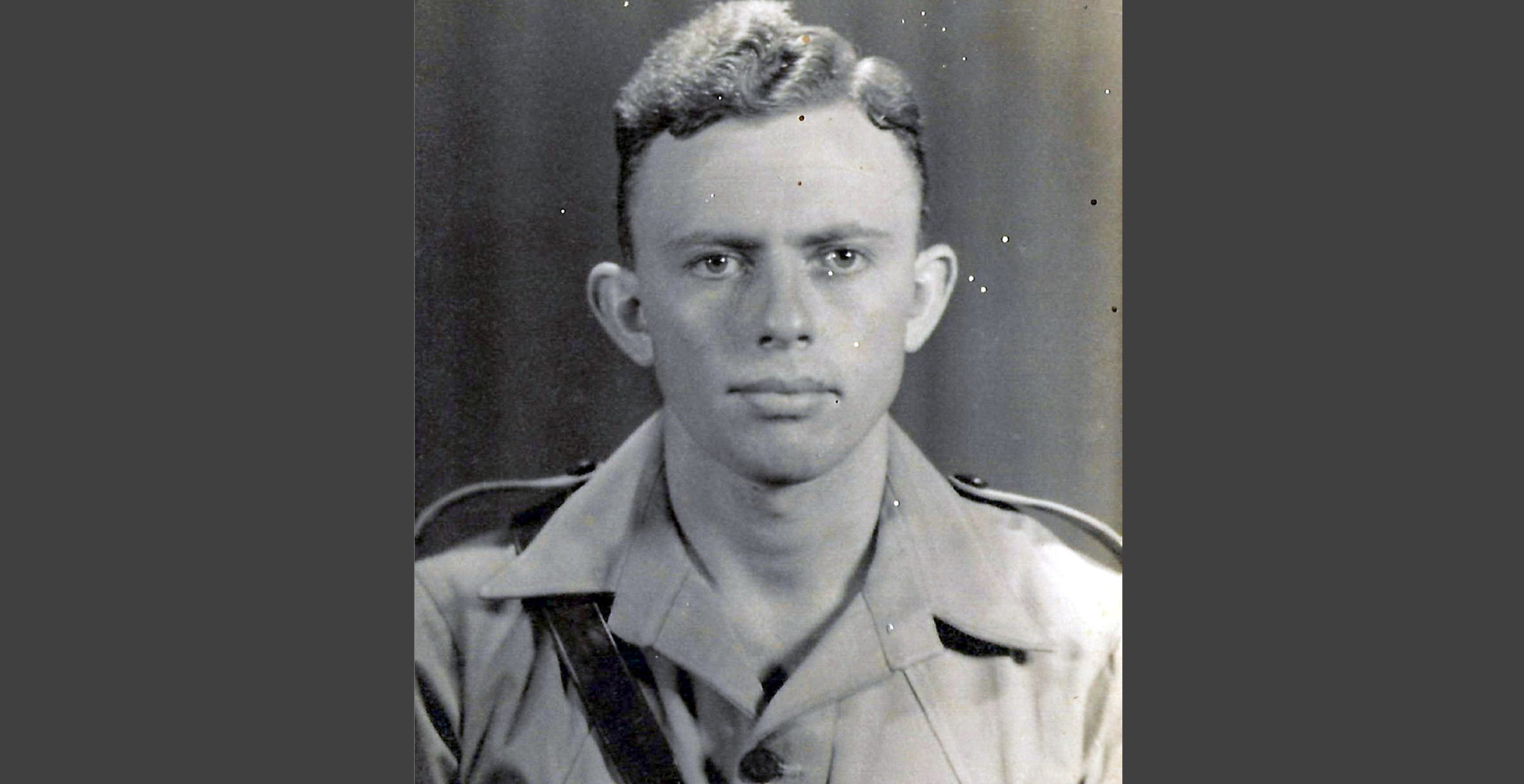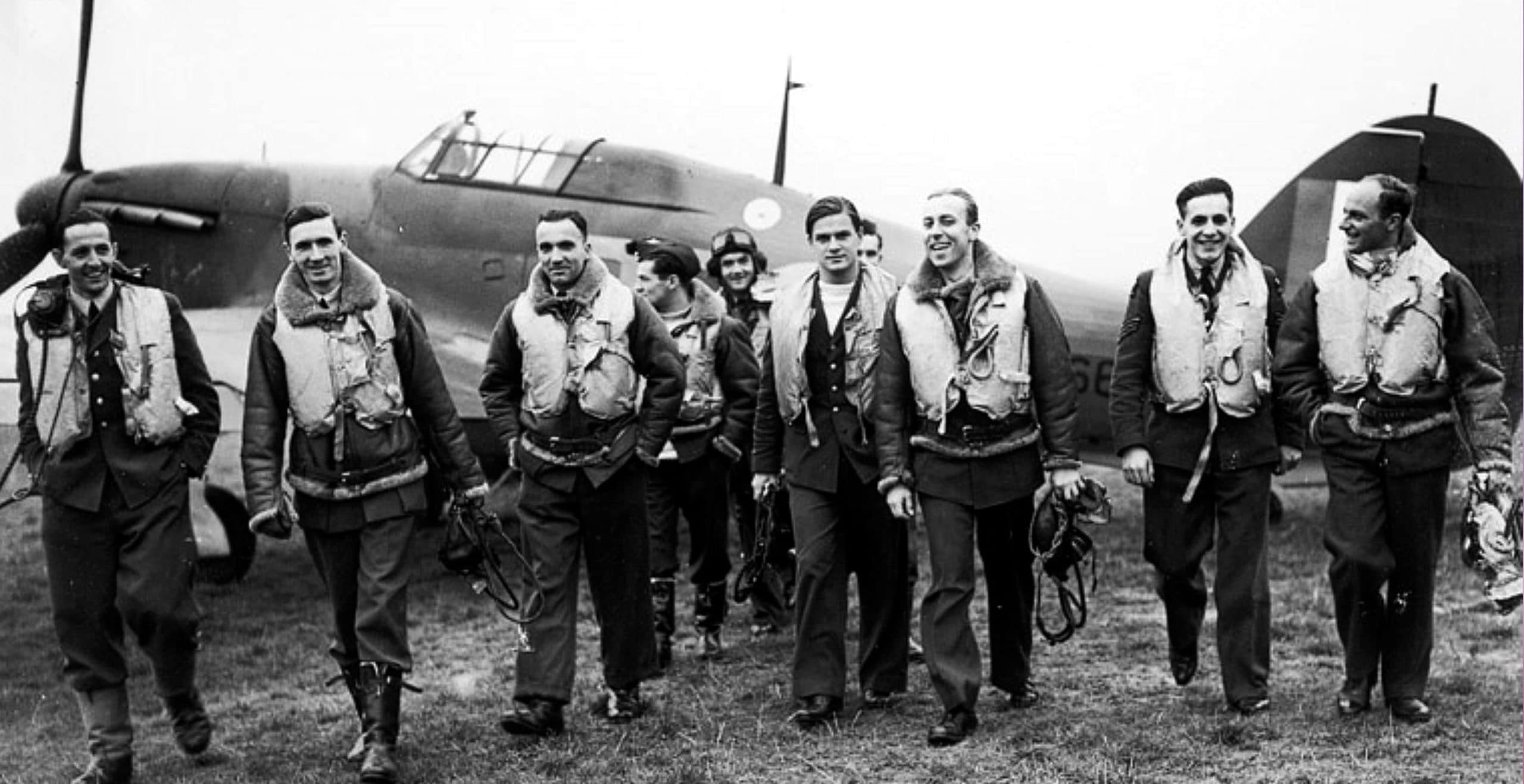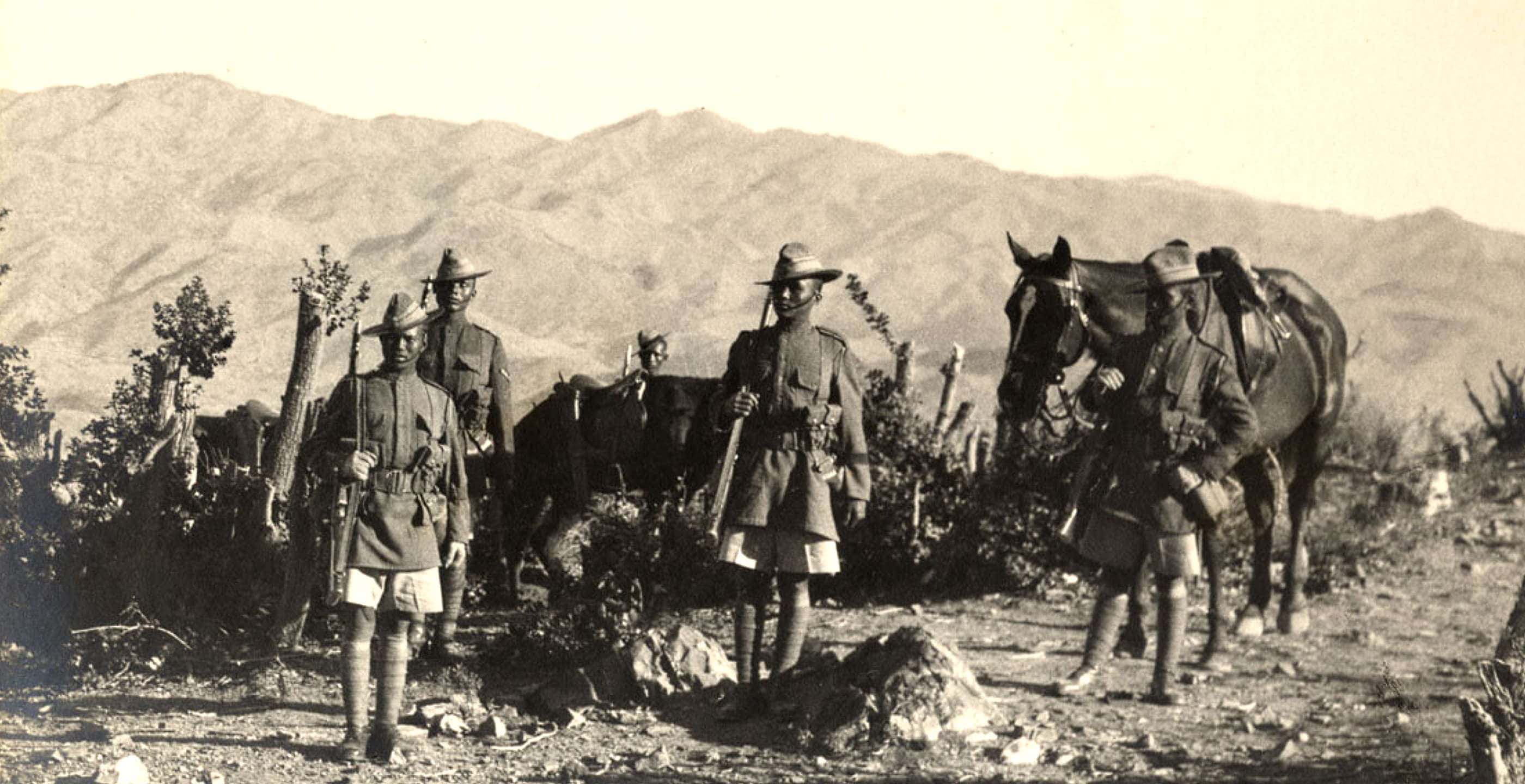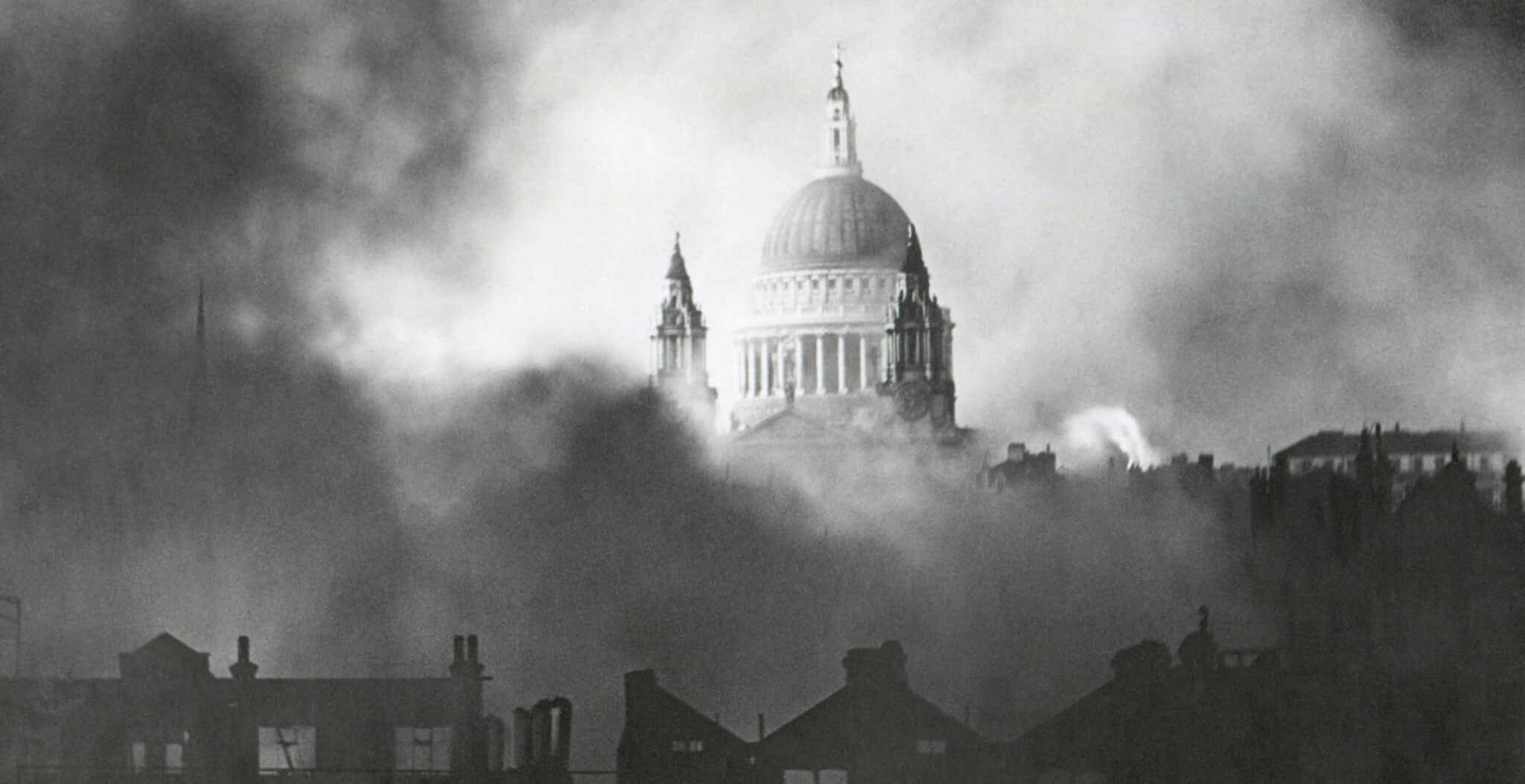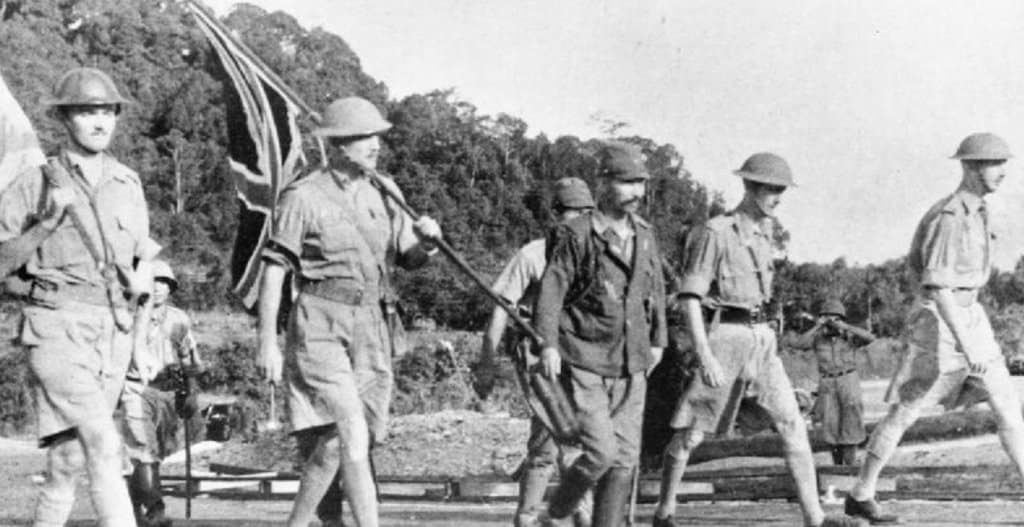While Singapore had been a trading hub since the 14th century, it first really appeared on the British radar in the 19th century when statesman Stamford Raffles successfully negotiated to establish a trading port there in 1819, followed by the establishment of the crown colony of Singapore nearly 50 years later.
Of course, territory requires protection. And of course soldiers and sailors get sick, injured and wounded. So a hospital was needed.
The first British Military Hospital in Singapore was built in 1909 on Pulau Blakang Mati (meaning literally, ‘Island of Death Behind’, probably not where you’d want a hospital sited). This was closed when the new Tanglin Barracks Hospital opened three short years later.
By the late 1930s, Singapore was akin to a gold rush if you were in the construction business. Word was getting around that the War Office had a once-in-a-generation-sized cheque book for developments and improvements around Singapore. The opening of the somewhat controversial Singapore Naval Base with its massive 1000-foot graving dock made global headlines. 130,000 tons of British Portland cement was used in that project alone. Many saw it as an expensive folly while those on the other side of the political divide saw it as a strategic necessity. Singapore itself was viewed as ‘one of the five strategic keys that lock up the world’.
The Army set aside 32 acres near the railway line in the western cantonment of Alexandra for a new British Military Hospital. It was situated near the Admiralty’s Normanton oil tanks, the Gillman Barracks, and the Alexandra Barracks. Some quietly questioned the smartness of such proximity to strategic military targets.
By early 1939, construction was continuing apace at The Alex, as the hospital became colloquially known. In May the main exoskeleton was well in place and the roof was completed. Many of the labourers were female, Chinese samsui women to be exact. Samsui women, from the Cantonese province of Guangdong, were much in evidence, as a restriction had been placed on men emigrating through the mid- and late-30s. They toiled in traditional garb, coolie-style tunics, replete with oblong red headgear. Its purpose was chiefly to ward off evil spirits, but a secondary function was to stop their skin turning the same colour as their hats.
The contrast between them and their overseers – the sappers (Royal Engineers) in their natty khaki tropical shorts and long socks with solar topee hats – could not have been more stark.
That September the world woke up to headlines that large swathes of the world were at war with Germany. On 10 September the local newspaper headline trumpeted that the Alexandra Hospital was ‘nearly ready’. The main hospital construction was completed ‘well into 1939,’ according to Lloyd Hayes, a young Dental Corps private from Bristol, but several months more were required to fit it out and make it operationally ready.
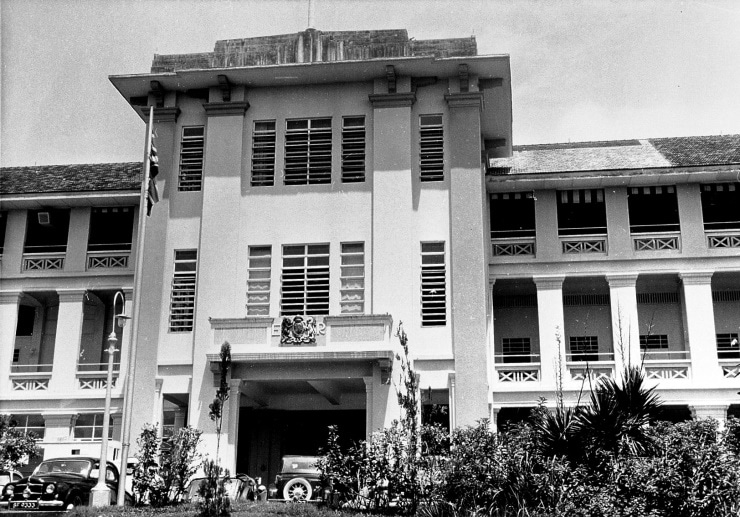
Licensed under the Creative Commons Attribution 4.0 International license
The British Military Hospital Alexandra opened officially on 19 July 1940. The Straits Times trumpeted this as part of Britain’s military might: ‘The most up to date and one of the largest military hospitals outside Great Britain.’
An added touch that went on just before opening was blast walls. These went up around some of the bigger buildings in town, although few believed that the ‘Impregnable Fortress’ of Singapore would or could ever be invaded.
At the end of July 1940, the War Office published its Singapore Defences: 16th Edition of Works Services document. The total budget for Singapore’s defence infrastructure that year was £603,000 (almost £3.5 billion today). The Alexandra Hospital would chew up £265,900 of that (to be fair, spread over two years, but still a mountain of money).
The Nursing Sisters’ Quarters was allocated £22,000. Brig Charles Stringer was Deputy Director Medical Services, Malaya Command, and his wife Olga, a nurse, showed a particular interest in the construction of these quarters, adding nuanced ‘feminine touches’ that were perhaps not sensed nor felt necessary by the laddish sappers who constructed it.
But no sooner was the 356-bed hospital completed, it was deemed not large enough for future requirements.
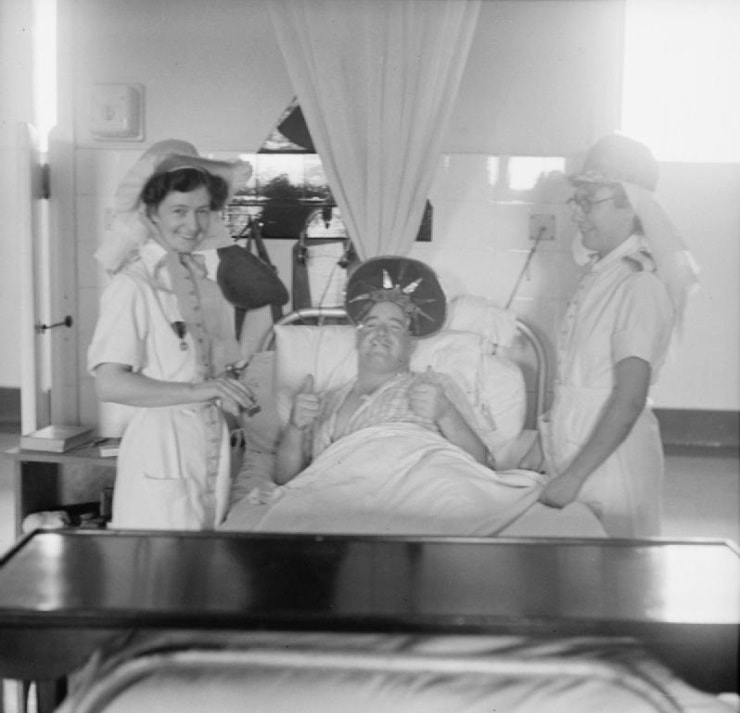
On 30 April 1941 a secret cipher telegram from the Commanding Officer in Malaya to the War Office in London requested permission to expand The Alex up to 600 beds. Was this realism at work, or pessimism in disguise?
This was to make up the predicted shortfall of beds needed in wartime. 2400 would be needed in Malaya for Europeans alone (‘excluding Australians’) and 5000 for non-Europeans. Currently all five military hospitals combined could muster just 1116 beds. Perhaps to soften the sell-in, a further telegram on 17 June indicated that the first phase expansion to 450 beds could be achieved by adding more beds to each ward and using existing verandah space. The only additional resources required would be 20 St John Ambulance nurses.
The next phase up to 600 beds, however, would require a total of 62 more staff, specifically 25 nurses, five surgical specialists, one anesthetist, and assorted cooks, ward boys, etc. That was a much bigger ask, especially to a War Office now heavily weighed down by a real war on its doorstep in Europe. Singapore? Far away. Even further from care. Denied.
When Japanese bombs rained down unexpectedly on Singapore on 7 December 1941 (simultaneous with the Pearl Harbor attack), and two British capital ships (the HMS Repulse and Prince of Wales) were sunk just three days later, the true requirements became apparent. With the rout of the Allies down the Malayan peninsula, The Alex found itself home to an estimated 900 soldier-patients. Sardined onto stretchers between beds. Lying under boardroom tables. Outside on verandahs.
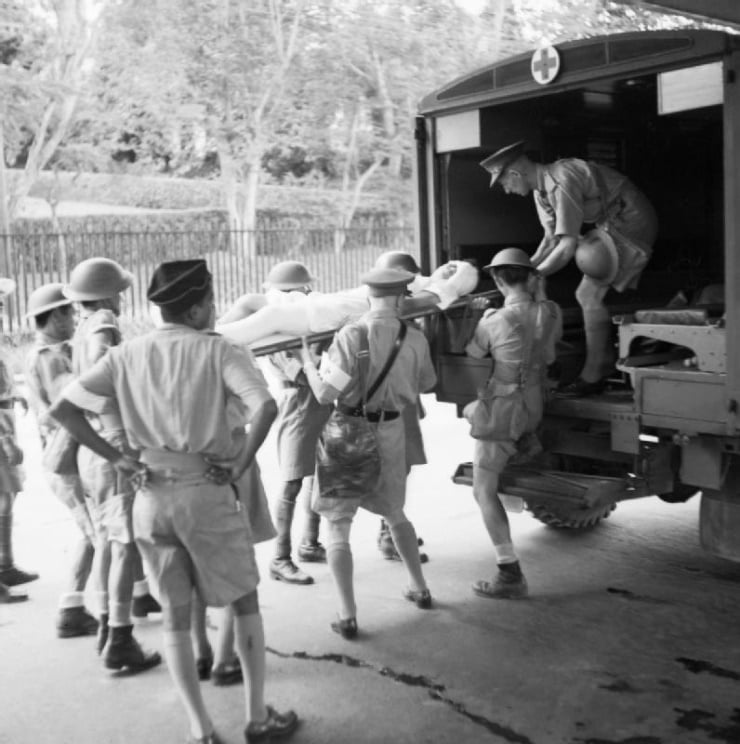
And so it was that on 14 February 1942, Valentine’s Day, that the hospital found itself in no-man’s-land as the rampaging Japanese troops forced an Allied retreat towards Singapore city, around — and controversially even through – the hospital. Patients were bayonetted in their beds where they lay prone, one poor fellow even on the operating theatre table where he lay anaesthetised. All medics and orderlies were rounded up, forced into outhouse sheds overnight, then similarly bayonetted or shot the next day. Only five of those latter 200 unfortunates were known to survive to tell their tale. In a two-day tsunami of terror, up to 300 soldier-patients, orderlies and doctors were brutally slain in what would come to be known as The Alexandra Hospital Massacres.
The hospital was handed over to the Singapore government when the British withdrew its forces from the island in 1971 and the Alexandra Hospital is now a modern civilian hospital.
Military historian and best-selling author, Stuart Lloyd, has been described as ‘the perfect storyteller’ by The Telegraph, UK. Stuart’s book, A Bleeding Slaughterhouse – The Outrageous True Story of the Alexandra Hospital Massacres, Singapore, February 1942, is out now on Amazon. See catmatdog.com/ableedingslaughterhouse
Published: February 13, 2022.
